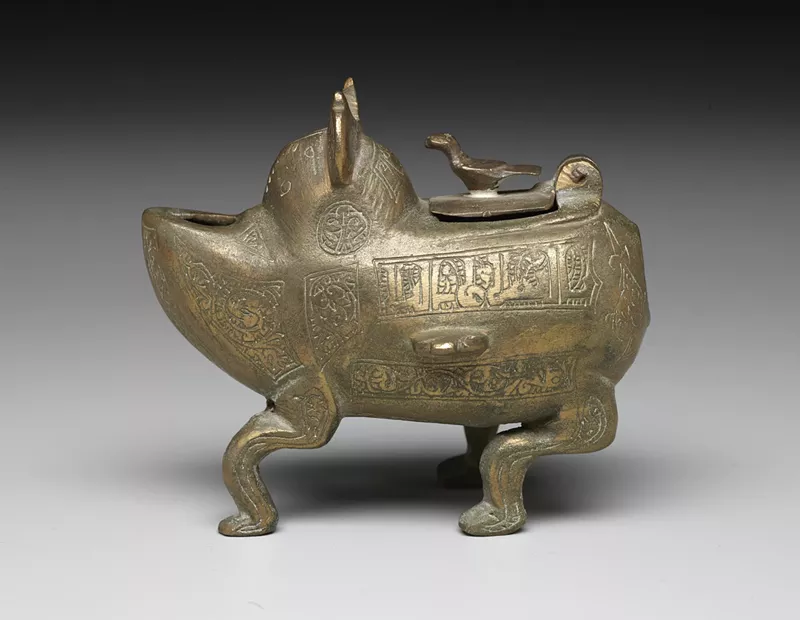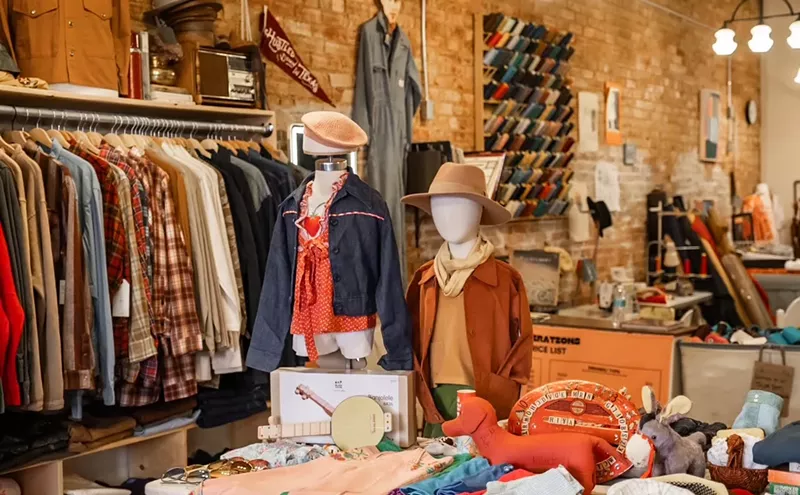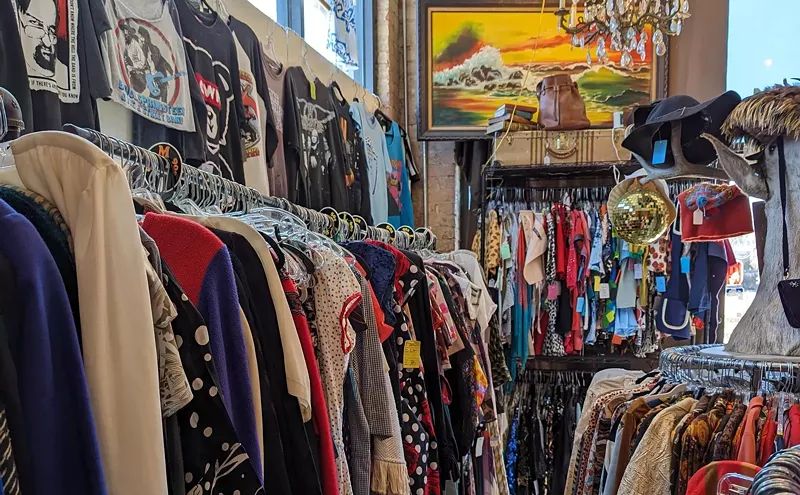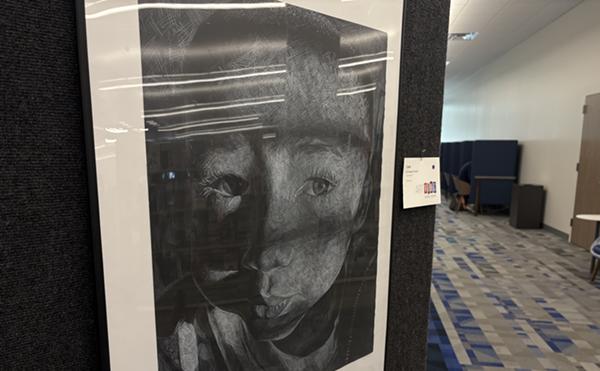Islam is one of the most frequently maligned religions today, and now DMA visitors can get a better understanding of it through more than 150 pieces of art reflecting the rich and unique history of Islamic cultures.
"What connects this art from Spain all the way to South East Asia is Islam, and a common aesthetic," Dr. Sabiha Al Khemir, the DMA’s senior adviser for Islamic art, says. "We can see the exuberance of color, the importance given to the word and calligraphy, the harmony of form in these objects that were part of people’s homes – and in that we find a celebration of life that comes from the essence of Islam."
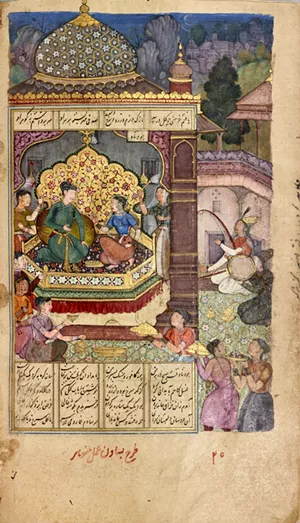
The Keir collection includes centuries-old rare manuscripts and miniature paintings.
Courtesy Dallas Museum of Art
Noted art collector and Hungarian-born Edmund de Unger, who praised Islamic art for its warmth of color, delicacy and boldness of design, cultivated the Keir Collection over five decades and cemented it as one of the world’s leading private collections of Islamic art. It contains textiles, carpets, ceramics, rock crystal, metalwork and works on paper spanning 13 centuries.
Historically, most Islamic art has been secular in function. "It consists of objects that were close to people: from a ceramic bowl, to a metalwork pitcher," Al Khemir says. "Many of these objects are inscribed with proverbs, sayings, poetic verses and carry the cultural voice of Islam across centuries."
Depictions of animals or humans were also common, as is evident by the many animal-inspired pieces in the collection. The aesthetics were influenced by the Islamic faith, however, in that figures were always highly stylized rather than representational. The basis for this is the belief that creation of living forms is unique to God.
Some of the most important holdings of the Keir Collection, now the largest public presentation of Islamic art, are its luster pottery and rock crystals.
"The luster technique was introduced by Muslim potters in 9th century Iraq and is considered a major contribution to world ceramics," Al Khemir says. "The rock crystal ewer from 10-11th century Egypt is a tour de force of rock crystal carving. Scholars are still trying to work out the complexities of the technique employed."
The miniature paintings and centuries-old rare manuscripts – such as the illuminated Khamsa manuscript "Five Poems," written by 12th century Persian poet Nizami – are also favorites of Al Khemir's.
"The Keir Khamsa manuscript was produced in India in 1585-1590 and is lavishly illustrated by the masters of the period," she says. "Displayed in the Keir gallery are also some of the earliest surviving fragments of painting on paper from 11th century Egypt excavated at Fustat – old Cairo."
In September 2015, the DMA received its first installment of the Keir Collection with the opening of Spirit and Matter: Masterpieces From the Keir Collection of Islamic Art, giving North American audiences a taste of what it had to offer.
This first-ever dedicated gallery space for the collection gives the museum the opportunity to showcase even more of it. The display is 150 pieces now, but the collection numbers 2,000 pieces in total, and they will be alternated over the course of a long-term loan to the DMA.
“By situating the gallery of this important collection of masterworks in a prime location on the museum’s first level, the DMA is affirming the vitality of Islamic art to its exhibition program and to the art historical canon,” Al Khemir says.
The Keir Collection of Islamic Art, Dallas Museum of Art, 1717 N. Harwood St., free, dma.org.

